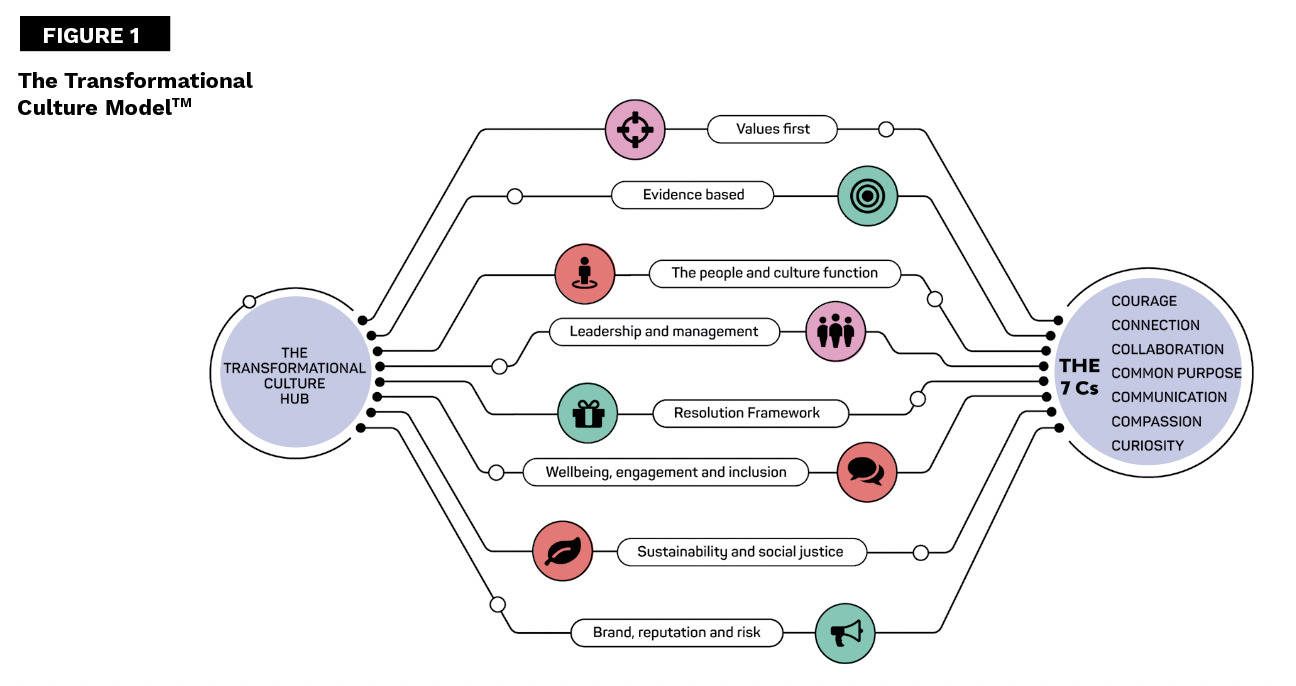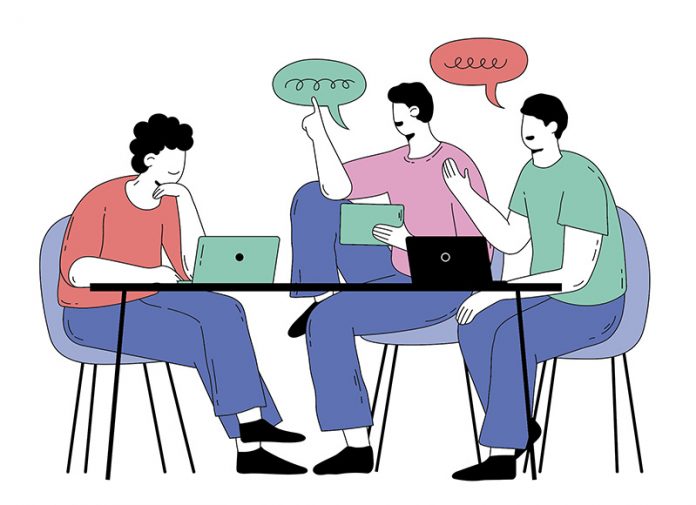By David Liddle
Culture is the greatest asset, or the greatest liability, an organisation has. Yet in many companies it is barely talked about and is the only asset, or liability, that no one has direct ownership of. It is widely misunderstood, routinely ignored, yet a potential source of riches when managed well.
A good company culture engenders trust, respect and engagement, and allows employees to be the best-possible versions of themselves. It creates a safe and healthy working environment and ensures that customers, investors and stakeholders are on the receiving end of the best-possible service and outcomes. When cultures go wrong, however, they can become a liability. They can be stifling, toxic, dysfunctional, destructive, divisive, fear-inducing and unsafe places to work in, or do business with.
What “good” looks like will, of course, differ from business to business, but whatever the sector or circumstances, getting culture right has never been more important. Organisations are under unprecedented strain – from tackling the challenges of COVID-19 and dealing with increasingly vocal and demanding employees, customers and stakeholders, to responding to global pressure to tackle the climate emergency and social injustice.
Today’s uncertain and constantly changing times call for transformational cultures – in other words, organisational cultures which are fair, just, inclusive, sustainable and high-performing, and where the success of the employees and that of the customers and stakeholders are inextricably linked.
But what does a transformational culture look like, and what are the key elements that organisations need to focus on if they are to develop one? In my book Transformational Culture: Develop a people-centred organization for improved performance, I describe a powerful organisational change model, which is set out on Figure 1.

The Transformational Culture Model is a blend of interconnected elements which span an organisation’s entire ecosystem. It can be used to support the process of designing, implementing and sustaining the changes which will lead to a fair, just, inclusive, sustainable and high-performance culture. The application of the model is supported through enhanced people processes, management systems and leadership strategies and behaviours. While offering a cultural framework, it is not prescriptive. The model is designed to adapt and flex to meet the organisation’s unique sector, maturity, context, geography, needs and circumstances.
The following eight enablers are the central part of the Transformational Culture Model and are the key areas that organisations need to focus on if they want to see a real difference.
1. Values First
Values are the golden thread that runs through an organisation. They bind a Transformational Culture together by aligning an organisation’s purpose and strategy with its agreed behaviours and overall customer and employee experience. The values of your organisation are perhaps one of its most valuable commodities and should be carefully developed, designed and integrated across the fabric of the business.
2. Evidence-based
The use of data and evidence to inform a programme of cultural change is central to its success. Without the evidence base and data to help planning, it is like embarking on a journey in the dead of night, in someone else’s car, not knowing where you are going, without a map and with a phone you forgot to charge!
3. The people and culture function
This is a watershed moment for HR. HR policies and procedures which once seemed solid are now being shown to be damaging. The HR profession is perhaps one of the most transformative within the organisation, so HR needs to quickly adapt to the new reality, rejecting the dogmas which have acted as a drag on its potential for too many years. This involves HR transforming into the people and culture function, with potential to be one of the most strategically important functions in the modern organisation.
4. Leadership and management
The way in which a leader or manager behaves is perhaps the single biggest factor affecting organisational culture, leaving unwritten cues and clues for the rest of the workforce. A Transformational Culture offers leaders a new set of cultural norms within which they can be held accountable for the choices they make. Leaders need courage to trust their people, listen to them and empower them to be brilliant, irrespective of their background, beliefs, heritage or personal circumstances. At the same time, they need courage to respond with compassion, listen and lead with values.
5. The Resolution Framework
A Transformational Culture requires leaders, managers and HR to eliminate their reliance on traditional retributive-justice orthodoxies (blame, shame and punish) and embrace a new and exciting form of justice: transformational justice. This brings together procedural justice (concerned with due process) and restorative justice (concerned with reducing harm, promoting dialogue and encouraging learning). The Resolution Framework replaces an organisation’s retributive-justice systems, including performance, discipline and grievance procedures, with a single, fully integrated structure for handling and resolving concerns, conduct, complaint and conflicts. Importantly, the framework is values-based and person-centred, with dialogue at the heart.

6. Well-being, engagement and inclusion
These three huge concepts are so interconnected that, in my view, they should be considered as a single discipline. They are essential to overall employee experience (EX) and, as a result, hold the key to great customer experience (CX). To have a healthy workplace, we do not need ever-more-extravagant initiatives. We need to listen, be compassionate, have empathy, engage, understand and resolve.
7. Sustainability and social justice
These two imperatives will become the defining characteristics of the 21st century and their impact on company culture must not be underestimated. Widespread reorientation of the employee relationship with the employer and society at large is profoundly changing company culture. CSR statements are no longer sufficient. The successful organisations of the future will make sustainability and social justice a core focus.
8. Brand, Reputation and risk
Open any newsfeed and it is plain to see that the culture of our organisations and the behaviour of leaders can have a significant impact on the reputation of companies, with careers being ended in a blaze of media interest! Once a culture is lived, it can quickly help stakeholders to form an opinion about the overall behaviours, competencies and values of an organisation – and therefore the degree of trust and repute in which it is held.
As our organisations strive to build back better, the cultural orthodoxies of yesterday will not be sufficient to resolve the challenges of tomorrow. Adopting a transformational culture will shape the future of the organisation and will accelerate its growth, ensuring that it is able to attract the top talent, the top investors and the top customers. The Transformational Culture Model and the eight enablers of a transformational culture offer a flexible blueprint for a modern and progressive organisation. But for it to deliver maximum and sustained impact, the model requires fresh thinking and, above all, courage – on the part of our executives, managers, HR professionals, unions and other key stakeholders.
This article was originally published on 10 January 2022.
About the Author

David Liddle is CEO of transformational culture consultancy The TCM Group and author of the Kogan Page book Transformational Culture: Develop a People-Centred Organization for Improved Performance.



































